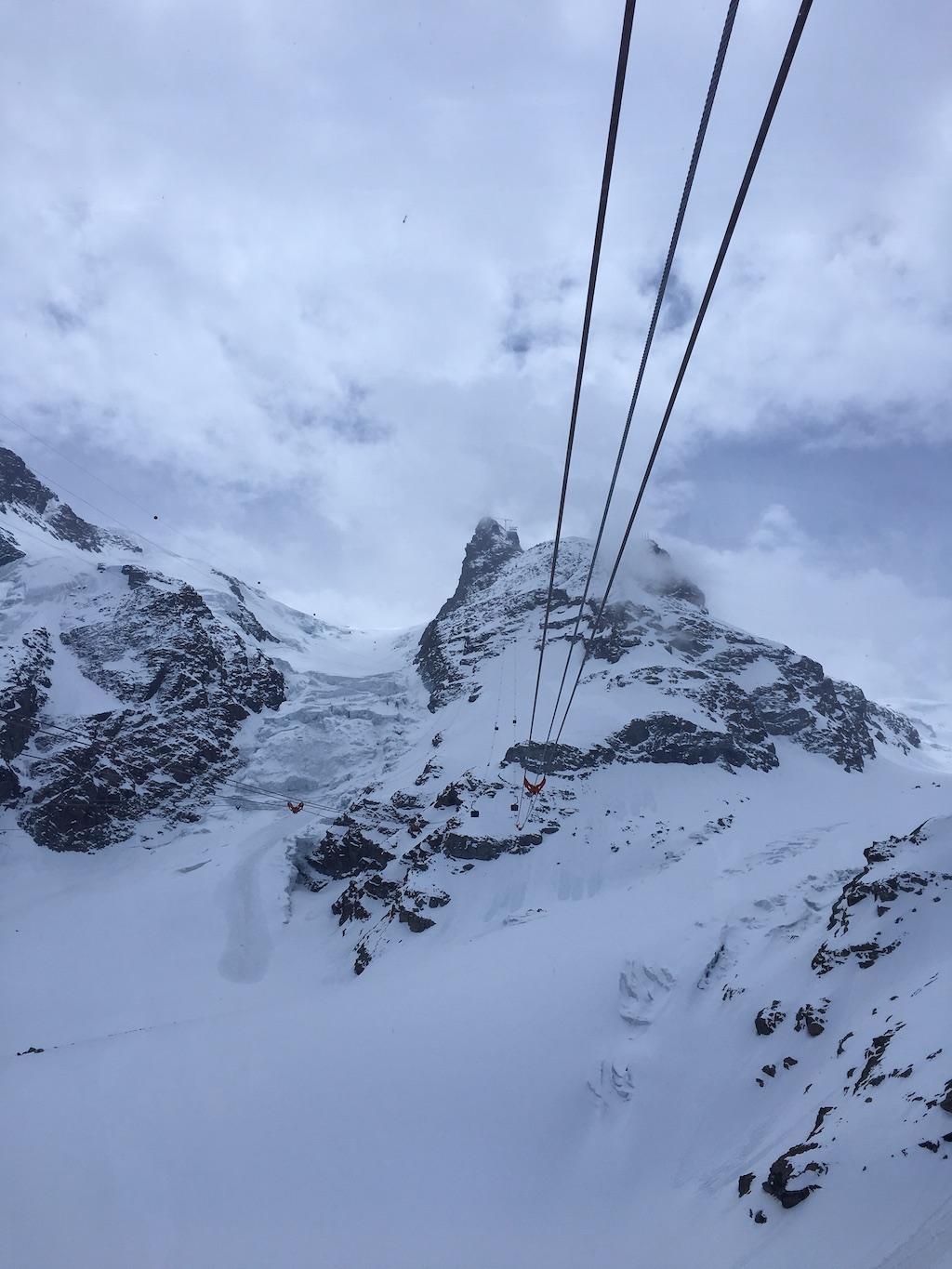
In Part 2, we discussed the risks of wire strikes and visual illusions.
An in-depth knowledge of snow behavior and weather trends can help markedly in predicting the composition of snow covering a potential landing spot. In mountainous regions it is common for snow safety and rescue experts to teach avalanche-awareness and rescue courses. This was another prime learning opportunity for a group of students who accepted the offer to participate in a field trip. It was a two-day course conducted near the Snowbird, Utah, ski resort. The students learned firsthand about differences in snow composition, snow metamorphosis over time, how snow on a southern-facing aspect will metamorphose differently than on a north-facing slope, and much more.
We dug pits into the snow to examine the various layers. This is a standard technique used by avalanche safety crews to determine the composition of the snowpack. Even though a nice snowstorm had left 8 in. of fresh powder on the previous night, underneath was a thick crusty layer about 3 in. in depth. A ski patroller presented the students an insightful series of questions to help them realize the risk to a helicopter landing on this site. Not only would a helicopter be prone to whiteout as soon as its rotor wash contacted the fresh powder snow, but upon touchdown its skids would sink through the underlying crust. That crust would entrap the skids and greatly increase the chance of a dynamic rollover.
The lesson then moved to a different side of the mountain. The instructor illustrated that winds from the previous night had scoured loose snow from the windward side of the mountain where they accelerate while flowing over a ridge. The snow that primarily remained was hard-packed crust. In the leeward side of the ridgeline where the winds decelerated, they had deposited the snow into wind drifts. We skied over ridgeline sections where the wind had compacted snow so much that it seemed as hard as concrete, while just over the ridge we found ourselves in almost thigh-deep powder.
On the afternoon of day two, the students put this knowledge into use by preparing a landing site for an EMS helicopter. This required making an assessment of the hazards to a helicopter approach, landing, touchdown and takeoff caused by the snow, as well as the effects of localized winds and weather on the helicopter’s performance and safety margins.
One of the valuable lessons from this opportunity is that the students learned of the expertise from organizations outside of the normal aviation realm that can provide vital information to enhance situational awareness. For example, the avalanche institute’s instructors provided these students with in-depth information on snow behavior and mountain weather. The same can be said of ski patrollers, hot shots (elite wildland firefighters), etc. They often have access to important information that is vital to the safe operation of the aircraft.
Invaluable Input From Real-World Organizations
Our previous article on learning mountain meteorology gave you only a portion of the learning objectives during these field trips. Each field trip integrates a number of objectives focusing not only on human factors, but also on incorporating lessons on mountain meteorology, aircraft performance in these environments and accident investigation.
Additionally, the Global Engagement course included how to communicate effectively in non-English-speaking communities, as well as crew safety and well-being when abroad. Rega’s discussion of the many challenges associated with international trip planning far exceeded any previous experience these students had with cross-country trip planning. Tours at Pilatus Aircraft, Air Zermatt and Rega were opportunities for these students to begin learning about business customs and manners, especially in an international setting.
The contributions by these organizations were much more valuable than our gracious hosts may realize. While doing the final edit of this piece I received an excited email from one of the students on the Global Engagement course. She had just been awarded a full scholarship to pursue graduate studies in the field of aviation human factors at a prestigious school in England. Her scholarship application highlighted her exposure to an abundance of real-world human factors from these respected institutions during the Global Engagement course. Another student was recently selected to become an Event Review Committee member for a large regional airline’s Aviation Safety Action Program, based in large part on her focus on human factors. There is hardly any better feedback than to watch one’s former students show this motivation to further their contributions to the industry.




